 |
|
CRS-13 (Falcon 9) 15 December 2017 |
Space Launch Complex 40 Cape Canaveral Air Force Station |
SpaceX’s Falcon 9 rocket launched a Dragon spacecraft on a Commercial Resupply Services mission (CRS-13) from Space Launch Complex 40 at Cape Canaveral Air Force Station to low-Earth orbit to deliver 4,800 pounds of crew supplies, science and research equipment, and other cargo to and from the International Space Station for NASA at 10:36 a.m. on 15 December 2017. Following stage separation, Falcon 9’s first stage landed at SpaceX’s Landing Zone 1 (LZ-1) at Cape Canaveral Air Force Station approximately 8 minutes after launch. Both Falcon 9 and the Dragon spacecraft for the CRS-13 mission are flight-proven. Falcon 9’s first stage previously supported the CRS-11 mission in June 2017 and the Dragon spacecraft previously supported the CRS-6 mission in April 2015. Dragon will return to Earth with about 3,600 pounds of cargo after an approximately one-month stay at the orbiting laboratory. About five hours after Dragon leaves the space station, it will conduct its deorbit burn, which lasts up to 10 minutes. It takes about 30 minutes for Dragon to reenter the Earth’s atmosphere and splash down in the Pacific Ocean off the coast of Baja California. |
|
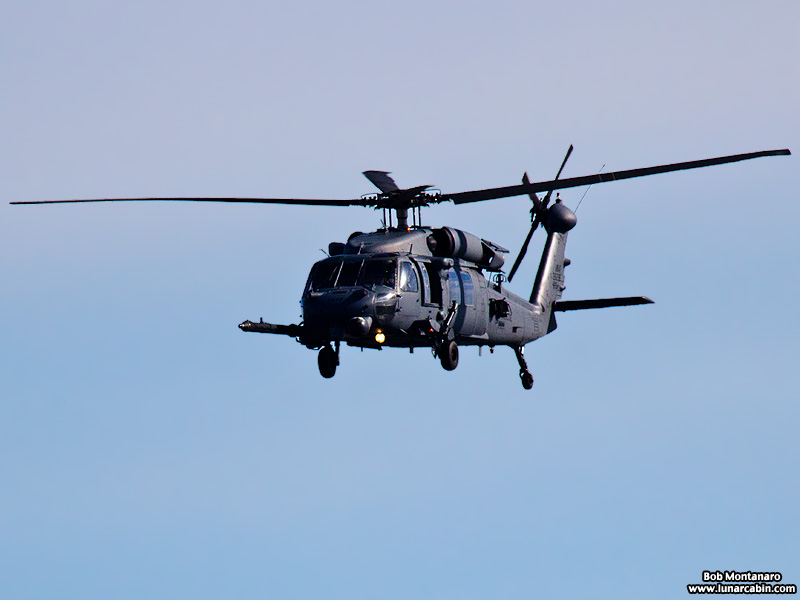 |
|
A surveillance helicopter from Patrick Air Force Base buzzes by prior to launch. |
|
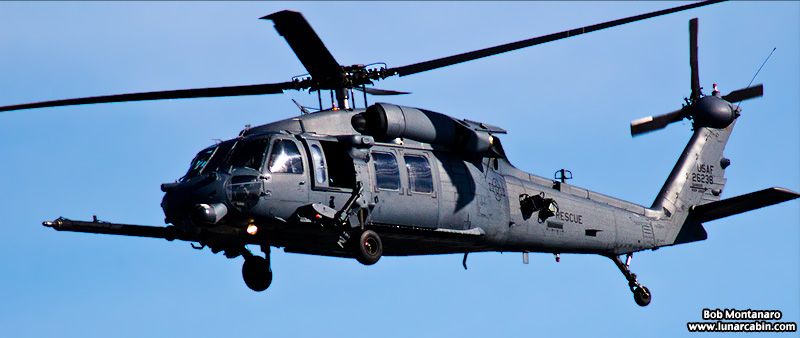 |
|
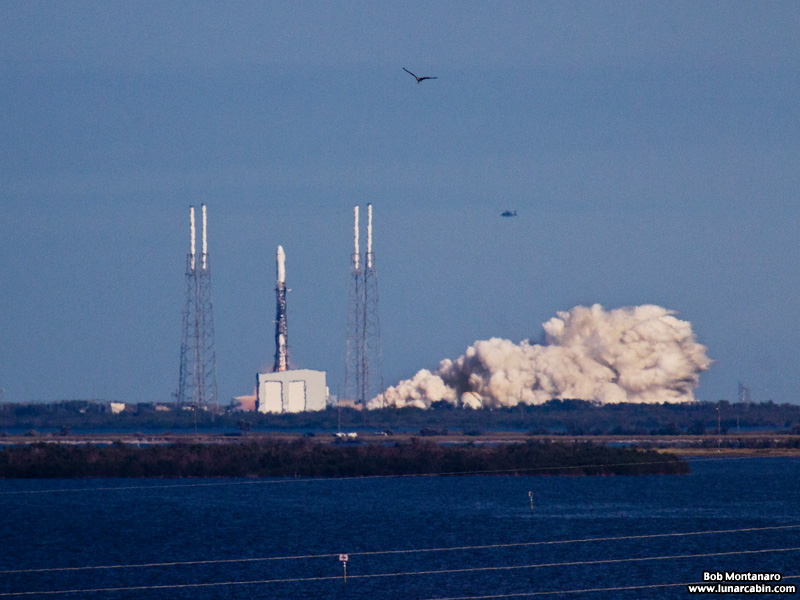 |
|
Liftoff! Note the helicopter hovering nearby to the right of the pad watching the launch. |
|
 |
|
 |
|
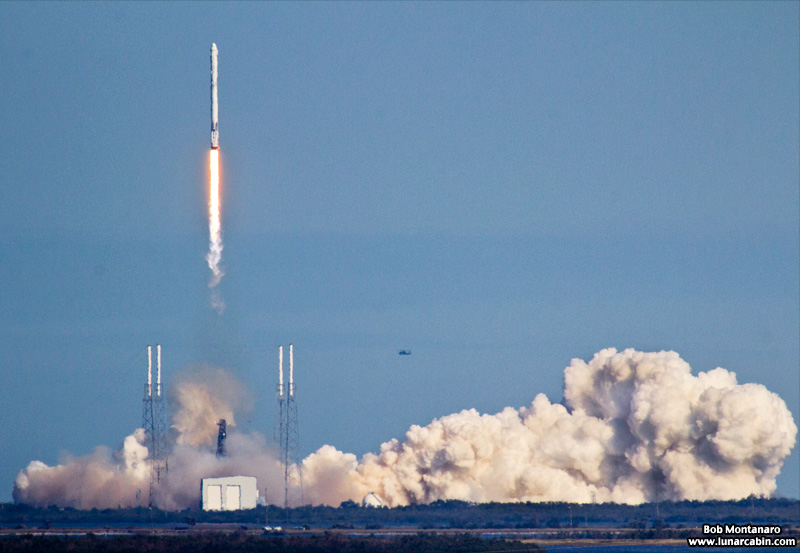 |
|
 |
|
Note the soot at the bottom of the rocket around the landing legs. This is from the booster's previous mission. |
|
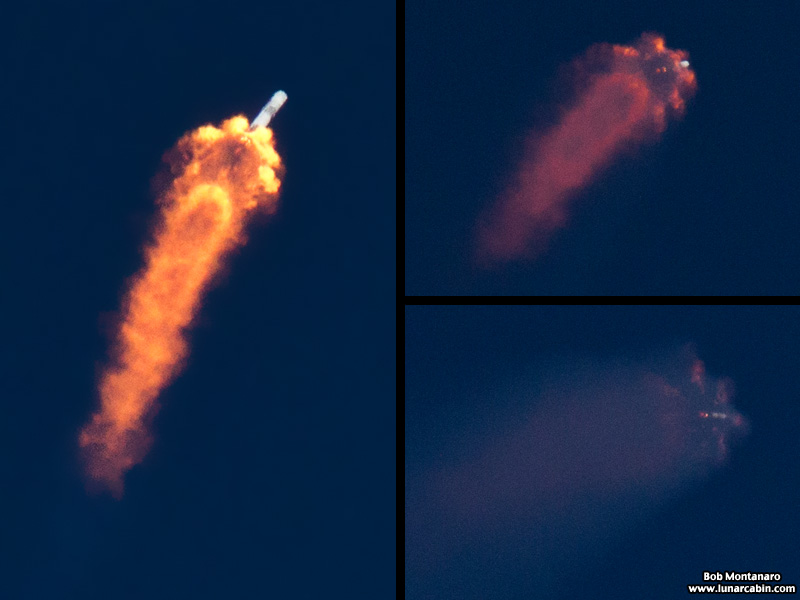 |
|
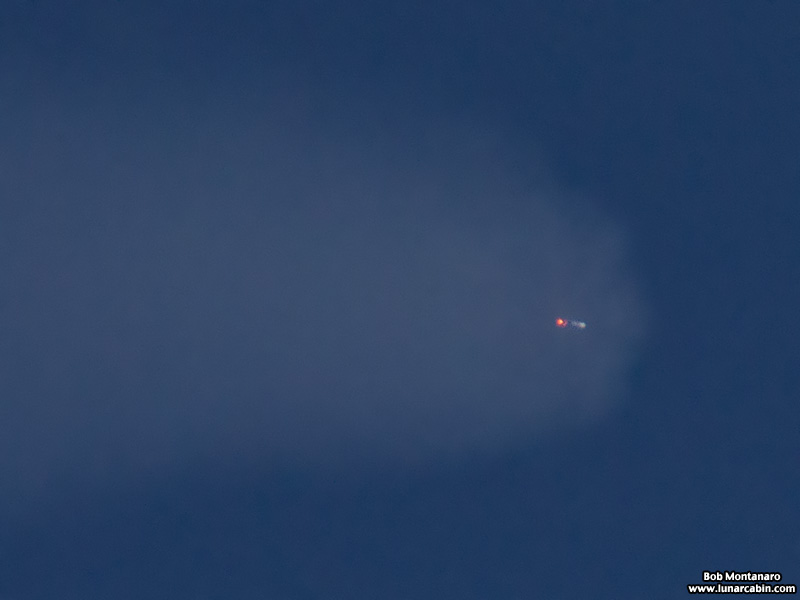 |
|
First stage main engine cutoff (MECO) |
|
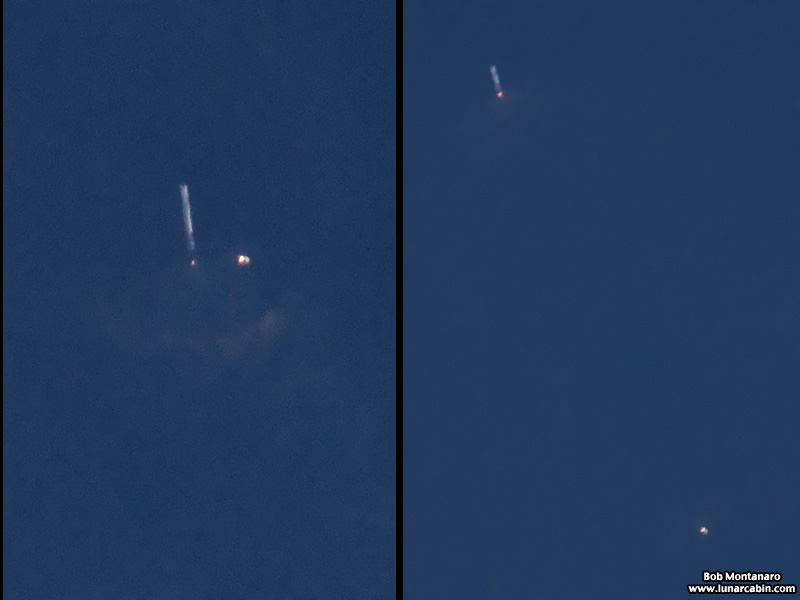 |
|
| First and second stages separate. The second stage with the Dragon spacecraft continues on into space while the first stage maneuvers for landing. | |
 |
|
First stage entry burn |
|
 |
|
The first stage falls to Earth. |
|
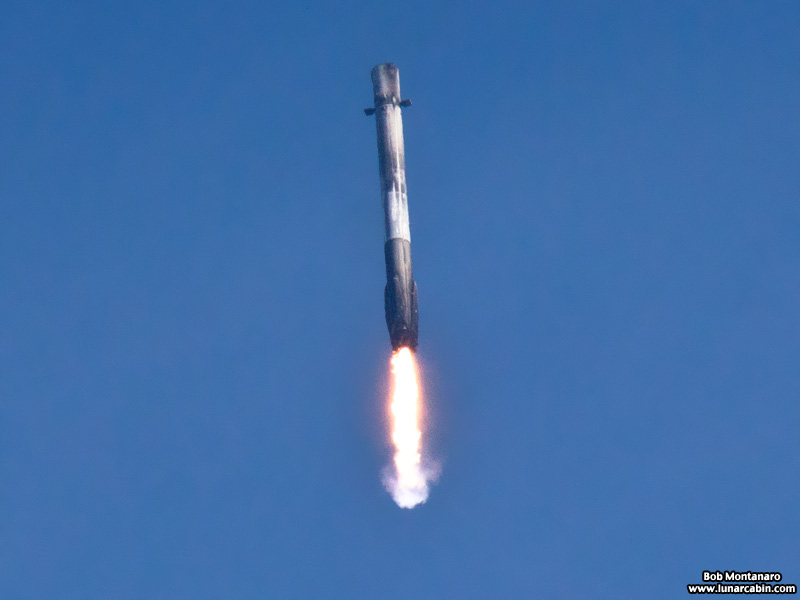 |
|
The landing burn begins moments before landing. |
|
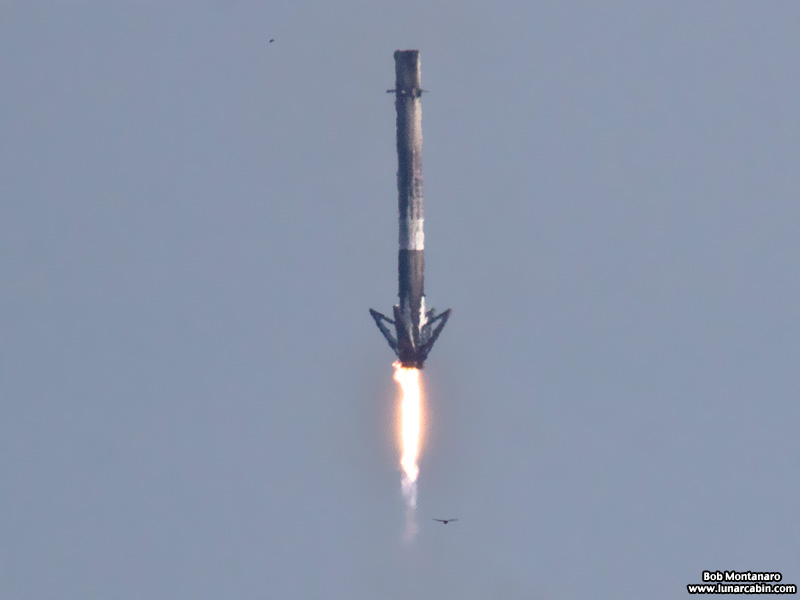 |
|
The landing legs start to deploy. |
|
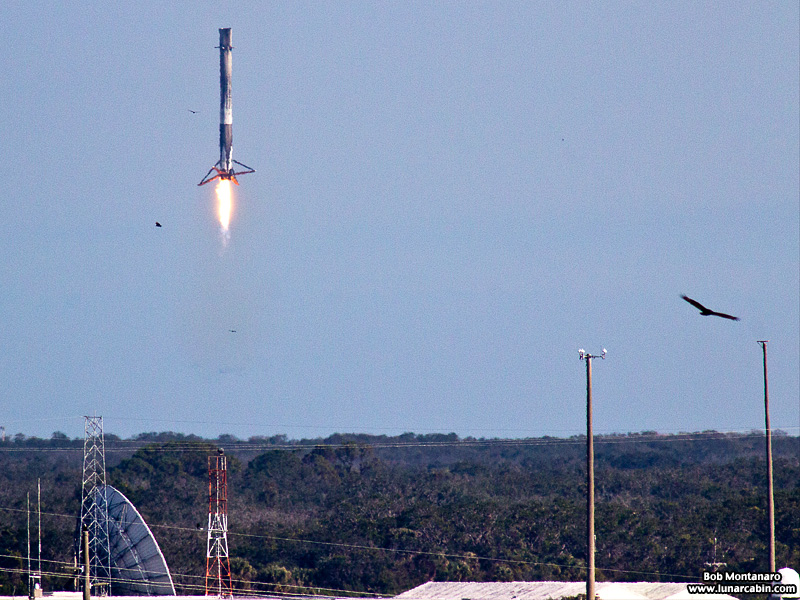 |
|
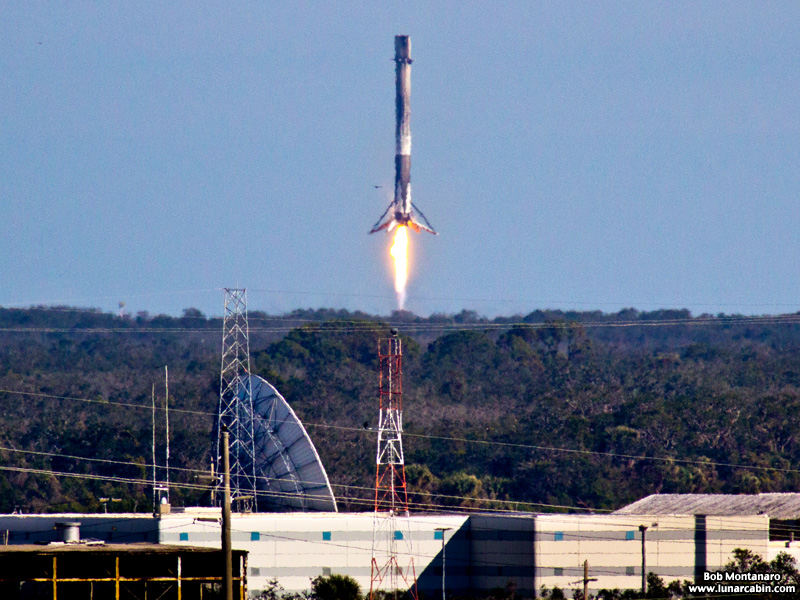 |
|
 |
|
 |
|
 |
|
The sonic boom from the landing caused a large flock of vultures to take to the sky. |
|
All contents copyright Lunar Cabin |
|